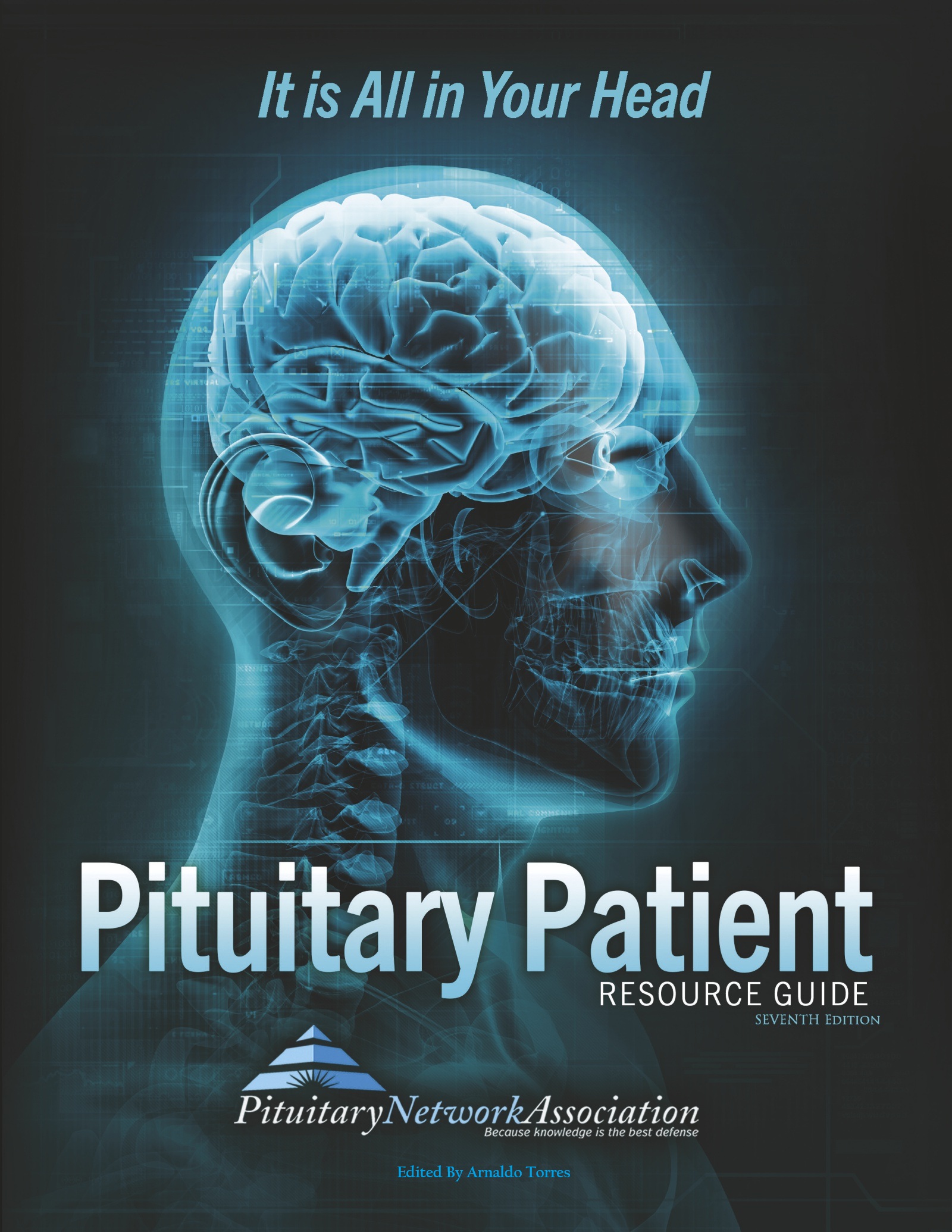Highlights Newsletter
PNA Spotlight: Dr. John Boockvar
 In June the PNA Spotlight focuses on Dr. John Boockvar, a neurosurgeon in New York City. Dr. Boockvar has many titles; among them, vice chair of the Department of Neurosurgery and director of the Brain Tumor and Pituitary/Neuroendocrine Center at Lenox Hill Hospital; investigator in the Laboratory for Brain Tumor Biology
In June the PNA Spotlight focuses on Dr. John Boockvar, a neurosurgeon in New York City. Dr. Boockvar has many titles; among them, vice chair of the Department of Neurosurgery and director of the Brain Tumor and Pituitary/Neuroendocrine Center at Lenox Hill Hospital; investigator in the Laboratory for Brain Tumor Biology
at the Feinstein Institutes for Medical Research; and professor of Neurosurgery and Otolaryngology/Head and Neck Surgery at the Donald and Barbara Zucker School of Medicine at Hofstra/Northwell. He also serves as an adjunct professor at Cold Spring Harbor Laboratory and is head of experimental therapeutics for Northwell Health. Dr. Boockvar received a BA from the University of Pennsylvania and and MD from SUNY Brooklyn-Downstate Medical Center. He did his surgical internship and neurosurgical residency at the Hospital of the University of Pennsylvania. Dr. Boockvar did his NIH-supported postdoctoral research training in neuro-oncology at the University of Pennsylvania Cancer Center. He was kind enough to answer a series of questions from the PNA. His answers follow:
• What inspired you to choose your career path?
I chose my career path really because of my father. My father was an ophthalmologist and his impact on the community was significant. I remember walking into restaurants and patrons would stand up to great him and thank him for helping them. That left an indelible mark on me as a small child. I wanted to help people in meaningful ways. I never even considered anything other than a career in medicine.
• What is the primary focus of your work/research?
The focus of my work is on the treatment of patients with brain tumors. Ever since my third year of residency training at the University of Pennsylvania, I knew that I wanted to be a brain tumor surgeon. I felt that the field at that time was open not only for exploration into new cures but also ripe for an explosion in technology and surgical access. For example, it was the ear nose and throat doctors at Penn that were pushing the envelope and doing more complex surgery through the nose to access large pituitary tumors and skull-base tumors at the back of the nose. This approach has become essentially the standard of care today as we access pituitary tumors almost entirely through endoscopic endonasal approaches.
• What do you consider to be the future of your field?
I think the future of pituitary and skull base surgery rests on technology. For example, just like your mobile phone improves in navigation, optics, and technology every six months so, so do our surgical tools. We are now commonly using 3-D exoscopic surgery, connectomics, augmented reality, and artificial intelligence in the operating room and those technologies will improve our surgical access to brain tumors and will improve surgical outcomes.
• What should patients know about your field/what deserves more recognition/awareness?
I think patients should recognize that they have options, they have choices, and they should remain optimistic about their future even with a brain tumor. In this current age of social media, patients should look for common groups whether through organizations like PNA or even social media groups such as those found on Facebook. Also, it is important to seek out nurse navigators at Brain Tumor centers like Lenox Hill with lots of experience so that the patient can feel part of a larger community. The worst part about some of these diagnoses is that patients feel that they are alone. It’s important for patients to recognize that they are not alone and that there are very good options and treatments to make sure that they have a long, independent, functional high-quality life.
• What would you like to convey about yourself to your patients?
I think the most important thing to convey to our patients is empathy and understanding. I lost my father to cancer 13 years ago and so I’ve been through these types of struggles both personally and professionally. I am very blessed to have had the training that I had, and to be in an incredible environment like Lenox Hill Neurosurgery that emphasizes a multidisciplinary approach to brain tumor and pituitary surgery. We are not incentivized to operate; we are not incentivized to enroll patients in clinical trials. We are incentivized as a department, and I think that’s an important thing for patients to ask their doctors about. We simply want to do what’s right for the patient based on the science and the data. I think this type of compassionate care was accurately depicted in our Netflix shows Lenox Hill and Emergency NYC.
• Why did you get involved with the PNA; what is the extent of your involvement?
The reason I got involved with PNA is that it is the leading pituitary advocacy organization for our patients and providers dealing with pituitary and skull base tumors. Like I said previously, it is important for patients to use nonprofits like PNA to not only navigate through their experiences but to make sure they feel part of a community. I stay involved through education, teaching, advocacy, and philanthropy to provide our patients with a community that they can feel a part of. I always say a patient that feels well does well. Organizations like PNA help a pituitary patient feel well.






